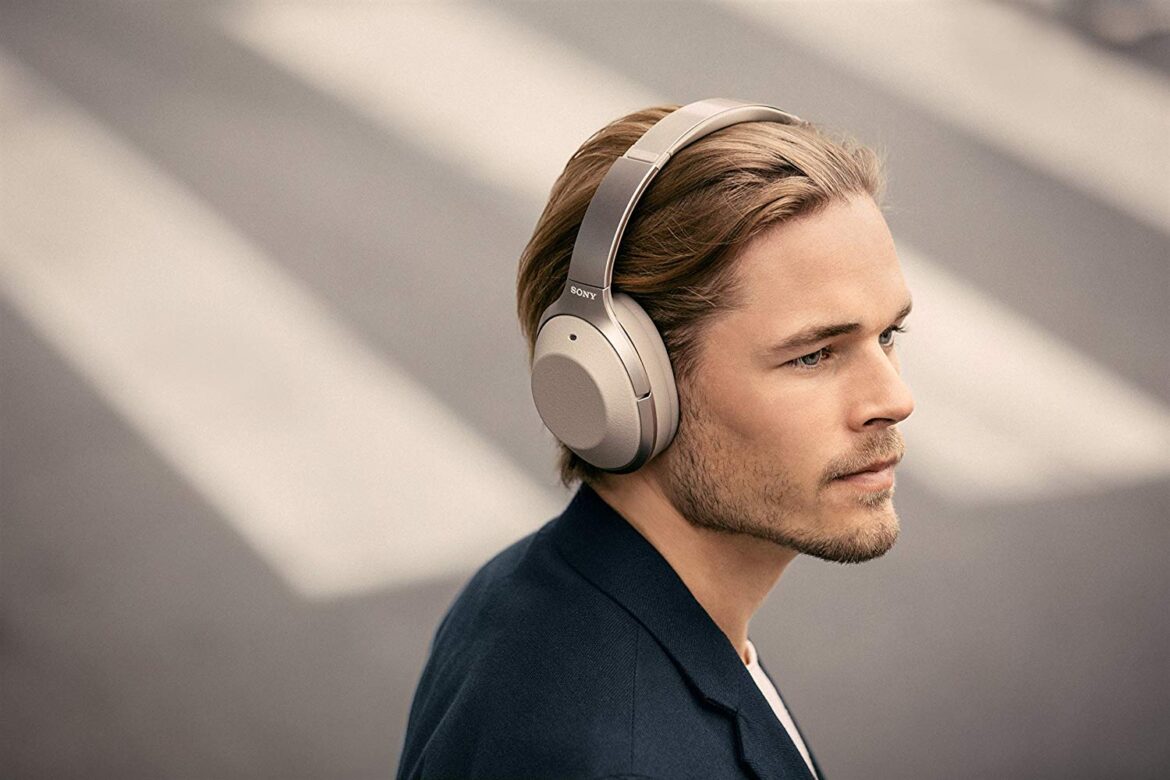1.2K
Active Noise Cancelling (ANC) is a technology designed to block out background noise, such as engine noise on aeroplanes. It is now increasingly found in headphones. We explain how ANC works.
Active Noise Cancelling – What is it?
Active Noise Cancelling describes the attempt to compensate for unwanted noise with the help of anti-sound waves.
- Every sound creates sound waves that travel through the air to the listener’s ear. However, not all sounds are pleasant and desirable: aeroplane and train passengers, for example, are annoyed by the engine noise or the conversations of their fellow passengers.
- These noises are also perceived via sound waves. In order to cancel out these sound waves or to compensate for them in the best possible way, a so-called anti-noise is generated. This is similar in amplitude and frequency to the unwanted sound, but has an opposite polarity.
- The original sound waves are thus cancelled by the principle of destructive interference. A third wave with amplitude 0 is created – it is no longer perceptible.
How is Active Noise Cancelling implemented in modern headphones?
Headphones with active noise cancelling work the same way in theory, yet even the modern models still can’t cancel out all noise.
- ANC headphones have a microphone that picks up sound from outside. A computer inside the headphones or in the cable processes the sounds.
- The computer then emits anti-noise waves through the speakers, which in the best case completely cancel out the background noise.
- The technology is still in the development phase. So far, noise cannot be completely eliminated. So far, ANC works best with constant sounds, such as the engine noise in an aircraft.
- However, short and uneven sounds such as voices or squealing brakes still reach the wearer’s ear almost unmuffled.
- Depending on the design of the headphones, in-ear, on-ear and over-ear headphones, this can have a greater effect.

